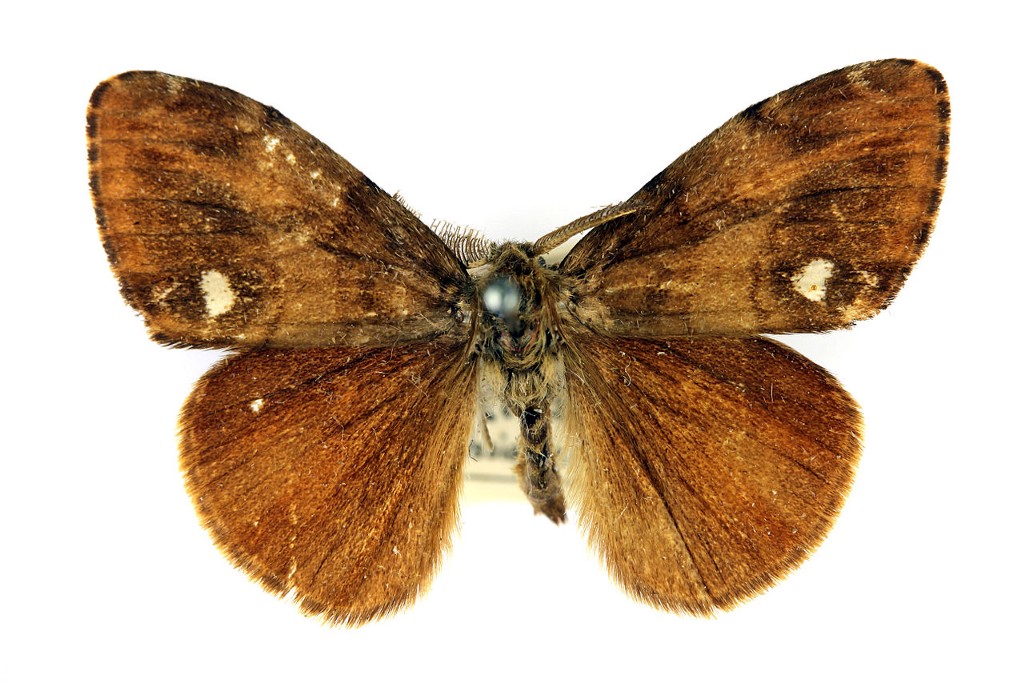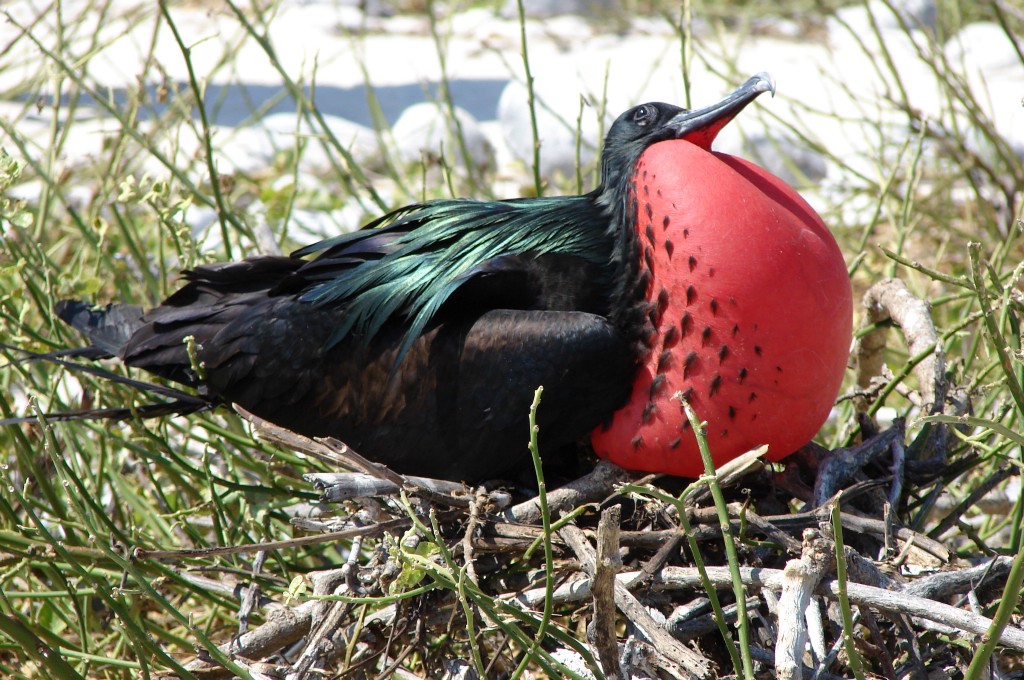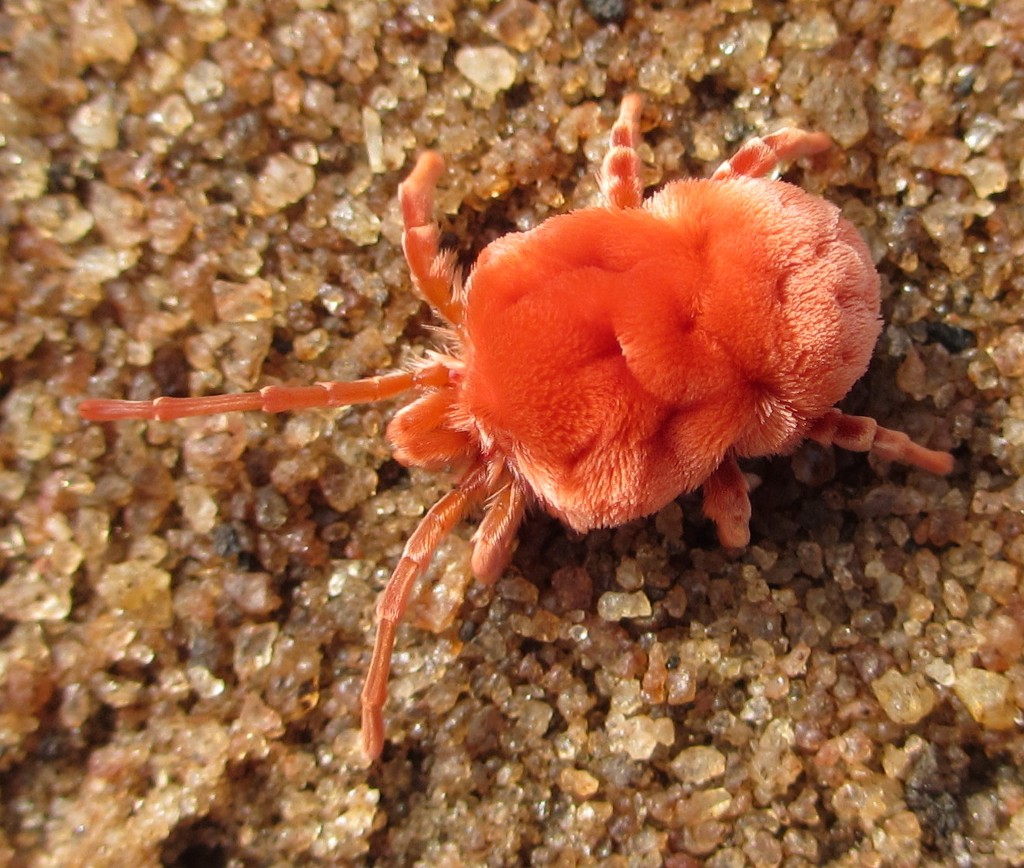Which Animal Matches Your Flirting Personality?
Read on to find out!
Orgyia antiqua Moth (Vapourer)

A caterpillar hatches from an egg and crawls around for a while and one day hunkers down and weaves himself (or herself) into a sleeping bag called a “cocoon.” After some time passes, the caterpillar emerges from his (or her) cocoon as a moth. In this case the boy moth has wings and flies around and the girl moth stays by the husk of her cocoon, sticks her butt into the air, and emits smells called pheromones—this action is known as “calling.” When the boy moth catches a big whiff that sends his dick into hyperspace, he zooms down and makes sweet, sweet love to a flightless female version of himself. But once they turn into moths, this liaison has to happen very fast because neither can eat while they are in this stage of their lives and some of the girl moths starve to death after calling and calling and no one comes to answer and some of the boy moths starve to death flying through the air smelling their hearts out but nothing catching and they die alone forever calling into the empty twilight.
Frigate Bird

A frigate bird is the truest pirate. They can’t swim because their feathers are not waterproof and will pull them into the sea like a cloth hand too heavy and wet to expel them. Walking is not much better because they have stubby little sticks for legs that are better for tripping than strolling. But in flight they will not stop for months gliding through the days along invisible jet streams that guide them fortnight after fortnight, ocean over ocean. Sometimes they take a hiatus from this nomadic life and come towards each other on tiny islands where the boy birds wait in the trees inflating their red hearts to the size of watermelons and unveil the soft feathers beneath their wings. Their tender hearts and bellies lay exposed against the discerning eyes of the lady frigates circling overhead as they observe the lovers at their most vulnerable, choosing which giant red juicy heart will be theirs for the taking.
Trombidiidae (Red Velvet Mite)

The red velvet mite hatches from his egg in the form of a baby larva. Baby larva at first must find a surrogate being to hitch a ride on because although he’s just a little velvet babe he is also a baby parasite. And so he finds a cricket or a grasshopper to live on until he has grown the final two of his eight legs. He then burrows underneath the ground breathing softly, his eight legs cozy in the soft warm dirt until a rain dampens the earth and signals his emergence. Our mite begins to plant a trail of substance called “spermatophore.” Spermatophore is “a protein capsule containing a mass of spermatozoa,” and spermatozoa is the long form word for the traditional “sperm” as we know it. He thoughtfully makes his way through a glen or a mysterious bramble or along a brook with a view, leaving a loving trail of spermatophore for his mate to discover. When our Lady Velvet finds that she enjoys the spermatophore, she sits on top of it and absorbs it into her body. Sometimes it is not our Lady Velvet that finds the spermatophore but another mite of the male sex. When this happens, the boy mite follows the trail of dew, vanquishing each piece and depositing his own in its place until he finds the trail’s founder and ends him, taking the crown upon his own head for all time.
Kate Learson is an improvisor, video artist, and writer living in Chicago, IL. You can follow her on twitter: @katelearson2000 or see more stuff at: http://katelearson.blogspot.com/